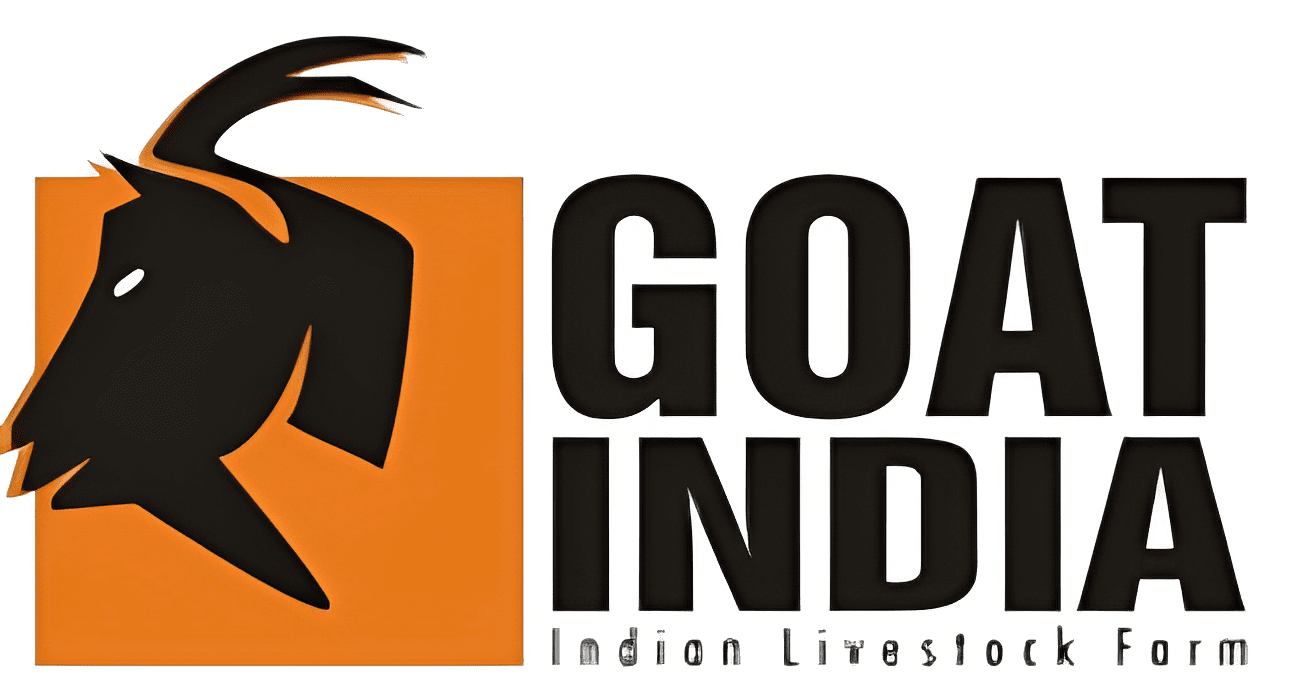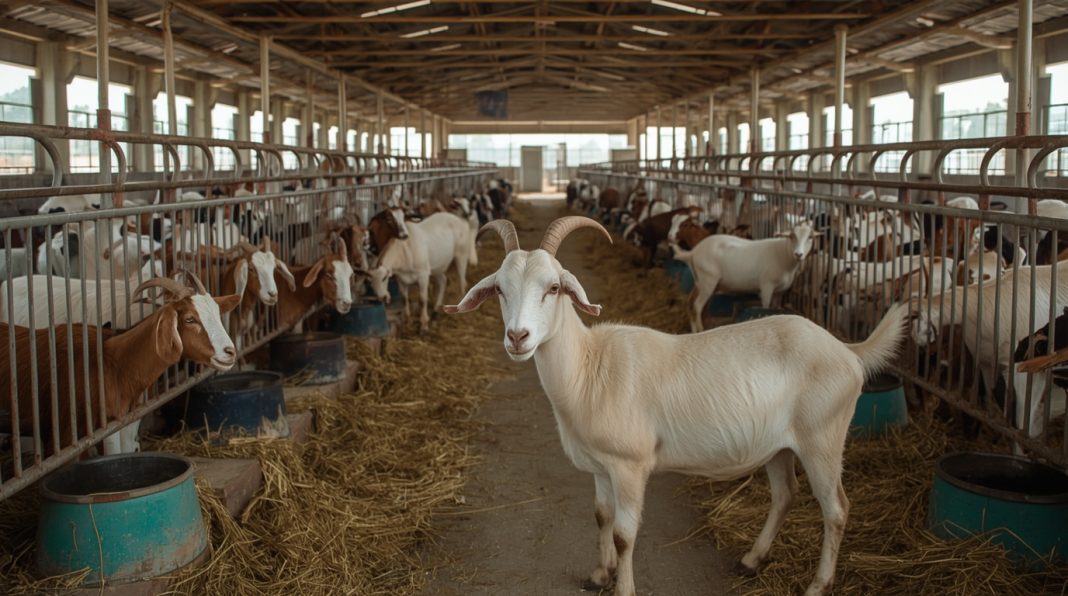Feeding Habits of Goats
Comprehensive guide to understanding natural feeding behaviors, nutritional requirements, and practical feeding strategies for successful goat farming in Indian conditions
Essential Feeding Facts
Key statistics about goat feeding habits based on research data
Feeding Behavior Analysis
Detailed insights into goat feeding patterns and habits
Browsing vs Grazing
Goats are natural browsers, preferring leaves, twigs, and shrubs over grass. They spend 60-70% of feeding time browsing elevated vegetation.
- Prefer browse over grass (70:30 ratio)
- Select young shoots and tender leaves
- Can reach heights up to 2 meters when reared
- Move in systematic patterns while feeding
Foraging Patterns
Natural feeding behavior includes selective foraging with distinct movement patterns and social feeding dynamics.
- Feed in groups with established hierarchy
- Cover 2-3 km daily while foraging
- Return to preferred feeding spots
- Avoid plants eaten by other animals
Digestive Adaptations
Four-chambered stomach system allows efficient processing of fibrous vegetation and maximizes nutrient extraction.
- Rumen fermentation of cellulose
- Reticulum filters food particles
- Omasum absorbs water and acids
- Abomasum provides enzymatic digestion
Rumination Process
Essential digestive process where goats regurgitate, re-chew, and re-swallow food for optimal nutrient absorption.
- Occurs 6-8 hours after initial feeding
- Each bolus chewed 40-60 times
- Process continues for 4-6 hours daily
- Critical for fiber digestion efficiency
Plant Preferences
Goats demonstrate clear preferences for specific plant species based on nutritional content and palatability.
- Leguminous plants (higher protein)
- Young leaves and shoots
- Bark of certain tree species
- Weeds and thorny bushes
Nutrient Sensing
Advanced ability to select feeds based on nutritional requirements and physiological needs.
- Detect protein content in plants
- Avoid toxic or bitter compounds
- Select mineral-rich vegetation
- Adjust intake based on body condition
Seasonal Adaptations
Feeding preferences change with seasonal availability and varying nutritional requirements.
- Fresh grass during monsoon
- Dry leaves and pods in winter
- Tree bark during scarcity periods
- Stored body fat utilization
Feed Avoidance
Natural instincts to avoid potentially harmful or nutritionally poor feed sources.
- Contaminated or moldy feed
- Plants with toxic compounds
- Over-mature fibrous vegetation
- Feed with strong chemical odors
Daily Feeding Schedule
Natural feeding patterns follow predictable daily rhythms optimized for digestion and energy utilization.
- Early morning feeding (5:30-8:00 AM)
- Late evening feeding (4:00-7:00 PM)
- Rest and rumination during midday
- Night-time intermittent feeding
Feeding Duration
Time allocation for different feeding activities throughout the day varies with season and feed availability.
- 4-6 hours active feeding time
- 2-3 hours rumination periods
- 1-2 hours water consumption
- 4-6 hours rest and social activities
Peak Activity Periods
Feeding intensity varies throughout the day with peak activity during cooler periods.
- Highest intake early morning
- Moderate feeding late afternoon
- Reduced activity during hot hours
- Increased intake before weather changes
Weather Influence
Feeding timing adjusts significantly based on weather conditions and temperature variations.
- Earlier start in hot weather
- Extended feeding in cool conditions
- Reduced intake during heavy rains
- Increased consumption before storms
Monsoon Feeding
Abundant fresh vegetation during rainy season provides optimal nutrition and highest intake levels.
- Increased fresh grass consumption
- Higher water content in feed
- Peak body condition gain
- Extended grazing hours
Winter Adaptations
Cold weather feeding strategies focus on energy conservation and maintaining body heat.
- Higher dry matter intake
- Increased fat and energy consumption
- Shelter-seeking behavior
- Group feeding for warmth
Summer Challenges
Hot weather reduces feed intake and requires management strategies for maintaining nutrition.
- Reduced voluntary feed intake
- Increased water consumption
- Heat stress behavioral changes
- Preference for shade feeding
Drought Survival
Natural adaptations allow goats to survive extended periods with limited feed and water availability.
- Efficient water utilization
- Utilization of poor-quality feeds
- Body fat mobilization
- Reduced metabolic rate
Practical Feeding Management
Evidence-based feeding strategies for optimal goat health and productivity
Feed Quantity Guidelines
- Adult goats: 3-4% of body weight in dry matter daily
- Lactating does: Additional 300-500g concentrate per day
- Growing kids: 4-5% of body weight for proper development
- Pregnant does: Increase feed by 25% in last trimester
- Breeding bucks: Maintain good body condition year-round
- Adjust quantities based on body condition scoring
Water Management
- Fresh water availability: 2-3 liters per adult goat daily
- Lactating does: Up to 4-5 liters during peak lactation
- Hot weather: Water consumption increases by 50-70%
- Clean water containers at least twice weekly
- Multiple water points for easy access
- Check water quality regularly for contamination
Feed Quality Standards
- Dry matter content: 85-90% for concentrates
- Crude protein: Minimum 14-16% for productive animals
- Total digestible nutrients: 60-65% for maintenance
- Avoid moldy or contaminated feed materials
- Store feed in dry, rodent-proof containers
- Regular feed testing for nutritional analysis
Feeding System Design
- Feed trough length: 40-45 cm per adult goat
- Height: 45-50 cm from ground level
- Easy cleaning and maintenance features
- Protection from rain and contamination
- Separate feeding areas for different categories
- Adequate space to prevent competition and fighting
Professional Disclaimer: Feeding recommendations should be adjusted based on local conditions, feed availability, and individual animal requirements. Consult qualified veterinarians or livestock extension officers for region-specific feeding programs and health management protocols.
Feeding Behavior Specifications
Detailed analysis of goat feeding patterns and nutritional requirements
Master Goat Feeding Management
Implement evidence-based feeding strategies for healthier goats and improved farm productivity


